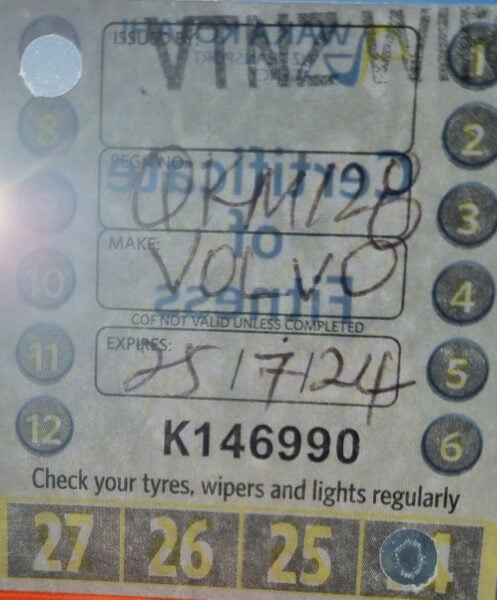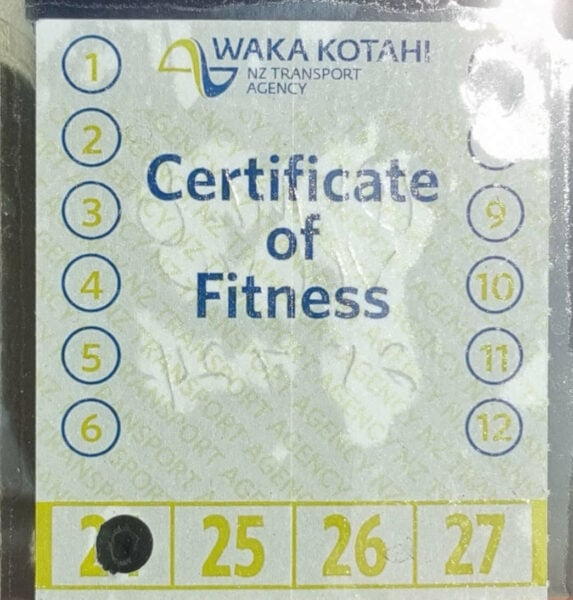Heavy vehicles (trucks, heavy trailers and motorhomes over 3500kg), passenger service vehicles (taxis, shuttles and buses), and rental vehicles must have a certificate of fitness check (CoF) every six months.
It’s like a warrant of fitness (WoF) for a commercial vehicle.
Just like with a WoF, the CoF is a check that the vehicle is roadworthy. However, just because the vehicle is roadworthy on the day of the inspection doesn’t mean it will be roadworthy a week later. It’s the driver’s responsibility to keep the vehicle roadworthy because they can be fined by police if it’s not.
Examples of things that can happen that mean a vehicle is no longer roadworthy are:
- Headlight bulb blows
- Tyres are worn down below the minimum tread
- Engine begins to blow smoke for more than 10 seconds
It is illegal to drive a vehicle that does not meet CoF requirements, or doesn’t display a current CoF label. You can only drive a vehicle in this situation if you are taking it directly to a workshop to get it repaired or get a new CoF, and only if doing so doesn’t endanger other road users.
A CoF can be obtained at many different companies from diesel mechanics to testing stations. Check online for one close to you.
What happens in a CoF inspection?
When you arrive for the inspection, testing station inspectors use a VIRM (vehicle inspection requirements manual) to test different parts of your vehicle, including:
- TSL (transport service licence number) – if required
- Certificate of loading is displayed and valid
- All lights work
- All tyres (condition and tread depth)
- All brakes (condition of rotors, effectiveness)
- Structural condition (any rust present must not be structural)
- Load restraints are in good condition and certified (where applicable) – this include tie-down points and load anchorages, rope rails, log bolsters, curtain buckles, headboard, etc
- All glazing
- Windscreen washers and wipers function
- Doors open and close safely
- Airbags do not show a warning
- Seatbelts are in good condition and buckles close and open properly
- Steering and suspension work properly
- Speedometer works
- No leaks in the fuel system
- Exhaust must not be smokey or louder than the factory-fitted exhaust system
However, the CoF does not check the condition of the engine, clutch, gearbox and differential, therefore cannot be used as, for example, a pre-purchase inspection.
The levels and condition of fluids such as brake fluid are not checked.
Brake pad thickness and paintwork condition are not checked (only structural rust is observed).
If your vehicle passes the inspection, you get a new CoF label which is applied on the front windscreen, driver’s side. This shows the expiry date.


Requirements for a CoF
You may need a TSL if you are operating a transport service.
You must display a certificate of loading that states the weight limitations for your axles and tyres, and the maximum number of passengers.
The vehicle must have sufficient road user charges if it is over 3500kg or runs on diesel.
Vehicles over 3500kg must have an approved hubodometer.

